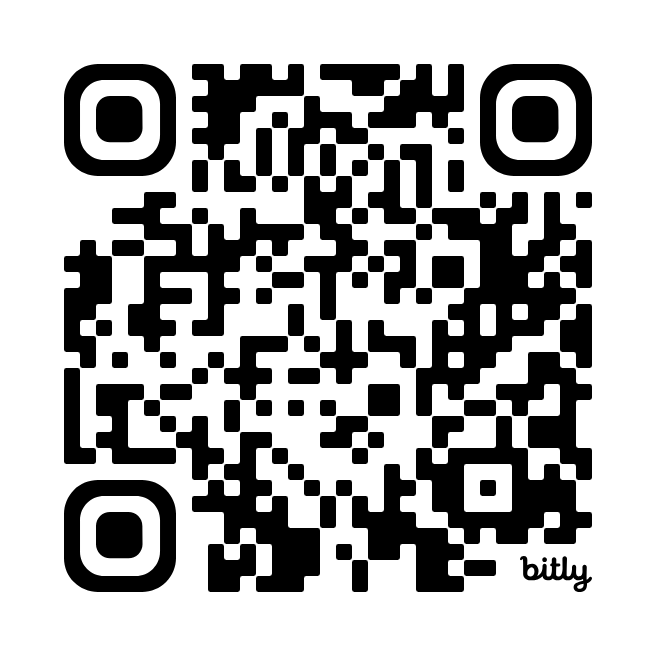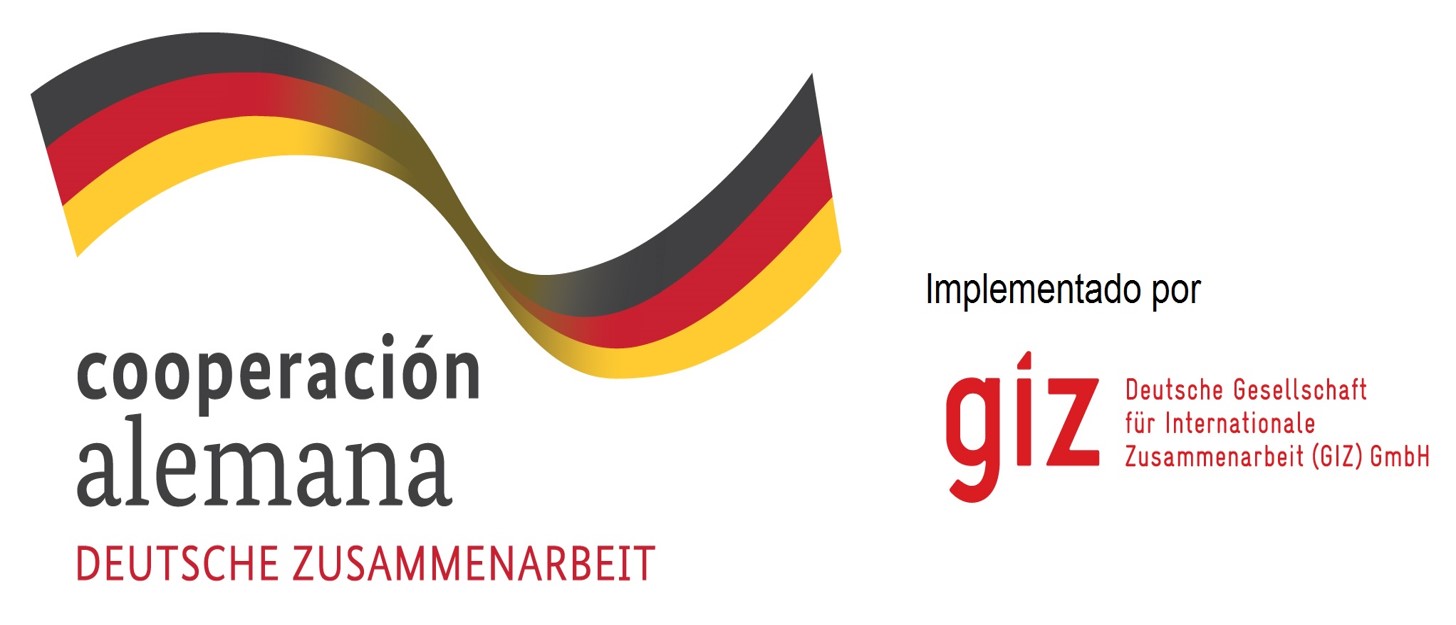This page is only enabled for mobile devices, you can access it by scanning the following code

Explore the companies that stand out for their sustainable processes
Sustainability
pathway
Explore the map, connect with brands, create responsible projects.
instructions for using the map:
Locate your position
Explores projects of interest
Plan your route
Select the pavilion
sustainable route:
The global space that
between the textile industry, technology and sustainability:
Discover the strategic vision of innovation in the textile-garment industry and learn about its commitment to sustainable practices. Don’t miss out on the brands’ commitment to a more responsible future.
Categories
Learn about the categories that evaluate companies according to their development objective.
Environment
Evaluates a company’s overall environmental management practices, as well as its impact on air, climate, water, land and biodiversity. This includes the direct impact of a company’s operations and, where applicable, its supply chain and distribution channels.
Work and
Economic
Growth
Evaluates a company’s contributions to financial security, health and safety, well-being, professional development, and employee engagement and satisfaction.
Impact on
communities
It evaluates a company’s commitment to and impact on the communities in which it operates, hires from and sources. In addition, it recognizes business models that are designed to address specific community-oriented problems.
Discover the new textile developments that promise an innovation in the future, this is our
Library of materials
Material: biodegradable elastanes, abaca fiber, bamboo fiber, agricultural byproduct fibers, bio-based recycled materials, and synthetic-based recycled materials.
Material: Mango leather sheets.
Material: Buttons made from recovered bio-based and synthetic materials.
Material: COTTONIZED FIQUE DENIM.
Material: 100% recycled polyester.
Material: Recycled synthetic leather.
The textile circular path
*A new textiles economy: redesigning fashion's future. Ellen MacArthur Fundation
*A new textiles economy: redesigning fashion's future. Ellen MacArthur Fundation
*A new textiles economy: redesigning fashion's future. Ellen MacArthur Fundation
*Sustainability and circularity in the textile value chain - A global Roadmap Unep. 2023
*The wellness feed, we wanted to learn about recycled cotton, so we asked an expert (2021)


